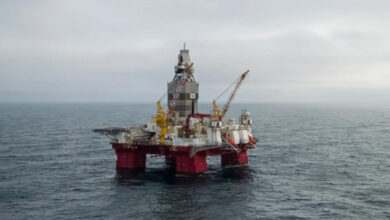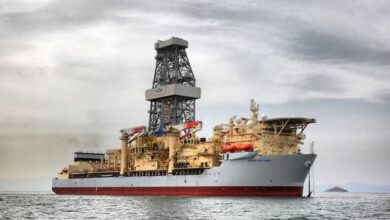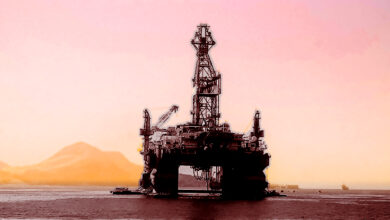Survey: Rising operating costs pose biggest industry challenge in Asia Pacific
By Katie Mazerov, contributing editor
Industry professionals are bullish about the near-term outlook for Asia Pacific, but rising operating costs as the region transitions from “easy” production to more complex and costly projects will be the biggest challenge to growth, according to a survey of operators, drilling contractors and other players.
Initial findings of the survey, conducted by GL Noble Denton, a global independent technical advisory firm to the oil and gas industry, indicated that 53% of respondents from the Asia Pacific region identified rising costs as one of their top three concerns to growth for 2013, according to Richard Bailey, executive vice president for the company’s Asia Pacific operations. This represents a significant increase over the findings of a similar survey conducted in the previous year, in which 39% of respondents from the region forecast increased operating costs as a top barrier to growth for 2012.
“A key reason for the ongoing rise in Asia Pacific’s operating costs is that ‘easy’ oil production from shallow-water reserves is largely a thing of the past,” Mr Bailey said. “Oil and gas companies are being forced to develop riskier and more complex projects in harsher environments – often involving deepwater drilling – in order to access sizable hydrocarbon reserves. As project complexity and risk increase, the amount of investment in safety, technology, project infrastructure, insurance and training also increase.”
Some of the world’s highest capital expenditure efforts are being developed in Asia Pacific, notably Australia, where six out of the world’s 10 largest capital projects are under way. These include the Queensland Natural Gas Project, a massive liquefied natural gas (LNG) undertaking being developed from coal bed methane (CBM) reserves in Eastern Australia’s Queensland area, and deepwater projects throughout the Asia Pacific Rim, including Malaysia, Indonesia, Australia and the South China Sea.
Shale gas obstacles in China
Prospects for shale gas production in China also are being discussed, but challenges there are significant. “It is widely accepted that China lacks the technological know-how it needs to fully exploit its shale gas reserves in the near future, so the country has made a series of investments in foreign ventures in order to import the knowledge and innovation it requires,” Mr Bailey said. “Both China National Offshore Oil Corp and China Petrochemical Corp (Sinopec) have recently made strategic investments in North American shale gas assets, hoping to unlock the knowledge they need if they are to exploit China’s own huge reserves.” China’s lack of an extensive pipeline network to bring shale gas resources to market is also viewed as an obstacle to development.
Respondents to the survey represented a range of disciplines from the oil and gas sector, including large international and national oil companies, drilling contractors, supply vessel operators and rig and shipyards.
Despite concerns, the research indicates that industry confidence remains high in the region for 2013, Mr Bailey noted. “We’re unlikely to see companies scaling back their operations in Asia Pacific, but operators will need to focus on achieving the highest standards of asset safety, efficiency and performance in 2013 to ensure they are making every possible effort to protect their profit margins as operating costs continue to rise.”




